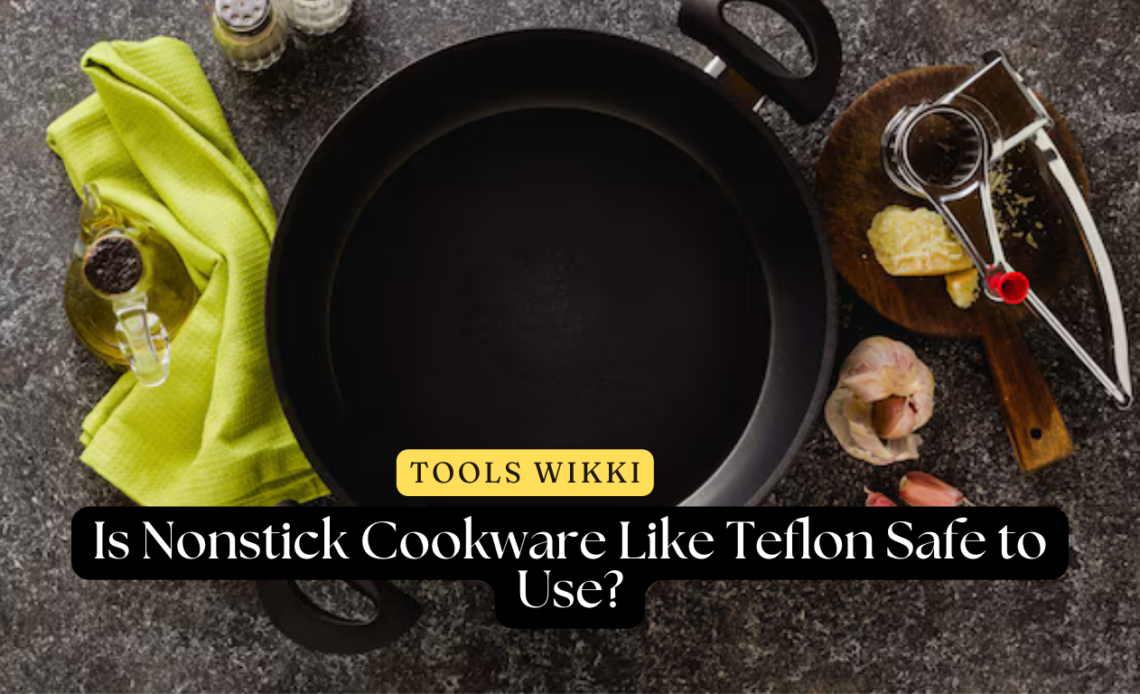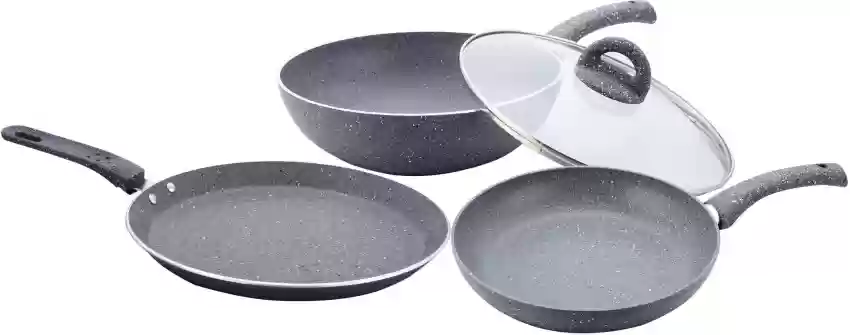
Nonstick cookware, especially those coated with Teflon, is a popular choice in kitchens worldwide. Its convenience and ease of use have made it a favorite for cooking delicate foods like eggs, pancakes, and fish. However, over the years, there have been growing concerns about the safety of using nonstick cookware, particularly Teflon. So, is nonstick cookware safe to use? Let’s dive into the details and clear up the confusion.
What is Teflon?
Teflon is a brand name for a chemical compound called polytetrafluoroethylene (PTFE), which is used to make surfaces nonstick. The main appeal of Teflon is that it allows food to slide off easily without sticking to the pan, reducing the need for excessive oils or fats during cooking. It also makes cleaning the cookware a breeze. Teflon has been widely used in nonstick cookware since the 1950s, and most of us have likely used a Teflon-coated pan at some point.
Teflon’s nonstick qualities are safe under normal cooking conditions. However, concerns arise when the cookware is overheated or used incorrectly. The high heat can break down the Teflon coating, releasing potentially harmful fumes into the air. These fumes have raised health concerns for both humans and pets.
RELATED: Why Every Kitchen Needs a Knife Sharpener
Is Teflon Toxic When Overheated?
Teflon itself is not toxic when used properly, but it can become a concern if heated above 500°F (260°C). At temperatures beyond this point, Teflon begins to break down, and fumes from the chemicals can be released. These fumes may cause flu-like symptoms in people, a condition often referred to as “Teflon flu” or “polymer fume fever.” The symptoms are temporary, such as headache, fever, or chills, and usually go away within a day or two.
One major issue arises when the cookware is left on a stove without food or liquid. In this case, the pan can quickly heat up to unsafe temperatures, especially on high heat. Most regular cooking, like frying eggs or making pancakes, does not require temperatures anywhere near 500°F, so you can use Teflon cookware safely if you avoid high heat.

ALSO READ: Why Choosing the Right Cookware for Your Kitchen Matters
What About PFOA?
Another concern regarding nonstick cookware has been the use of a chemical called perfluorooctanoic acid (PFOA). PFOA was used in the production of Teflon and other nonstick coatings in the past. Studies linked PFOA exposure to several health problems, including certain cancers, liver damage, and thyroid issues. However, it’s important to note that PFOA was only used in the manufacturing process and was not present in the finished nonstick products in large amounts.
The good news is that PFOA has been phased out by manufacturers. Since 2013, most nonstick cookware, including Teflon, has been made without PFOA. So, if you buy new Teflon cookware today, it should be PFOA-free and much safer than older versions.
How to Safely Use Nonstick Cookware
If you enjoy cooking with nonstick cookware, there are a few simple steps you can take to ensure it remains safe for use:
- Avoid High Heat: Try to cook at low to medium heat settings when using Teflon or other nonstick cookware. Most recipes don’t require high temperatures, and this helps prevent the coating from breaking down.
- Don’t Preheat an Empty Pan: Always make sure there’s food or liquid in the pan before turning on the heat. An empty pan can quickly overheat, leading to the release of fumes.
- Use the Right Utensils: Metal utensils can scratch or chip the nonstick coating. Instead, use wooden, silicone, or plastic utensils to protect the surface of your pans.
- Replace Damaged Cookware: If your nonstick pan has noticeable scratches, chips, or flakes, it’s best to replace it. A damaged pan can lose its nonstick properties and may pose a risk if bits of the coating get into your food.
- Ventilate Your Kitchen: When cooking with nonstick cookware, make sure to ventilate your kitchen by turning on a fan or opening a window. This helps reduce the buildup of any fumes in case the pan does get too hot.
Conclusion
Phase: Nonstick cookware like Teflon can be safe to use if you follow the recommended guidelines. The key is to avoid overheating the pan and using it correctly. With the phase-out of PFOA, modern nonstick cookware is safer than ever. If you take care of your nonstick pans and use them properly, you can continue to enjoy the convenience they offer without worrying about health risks.
